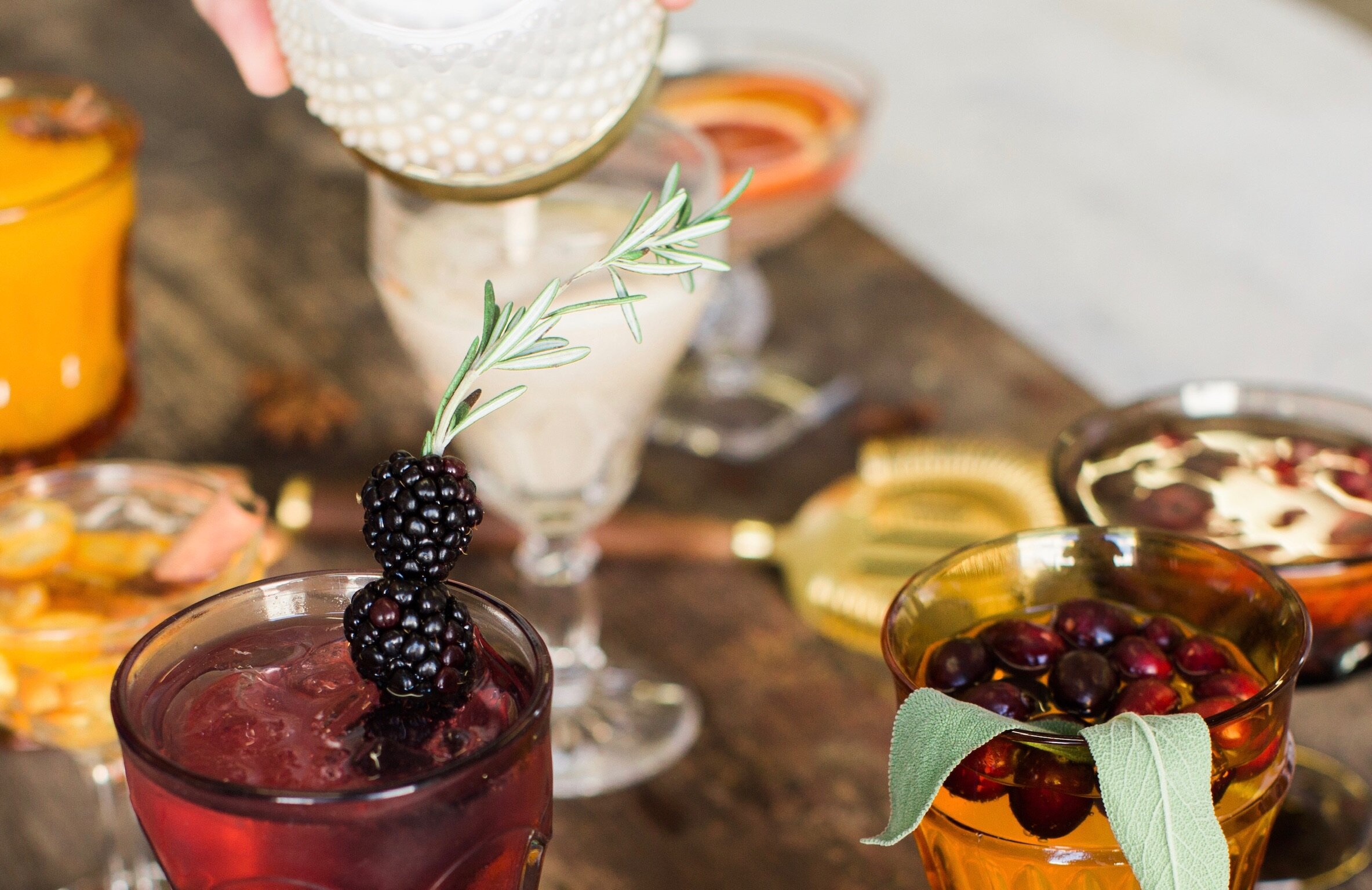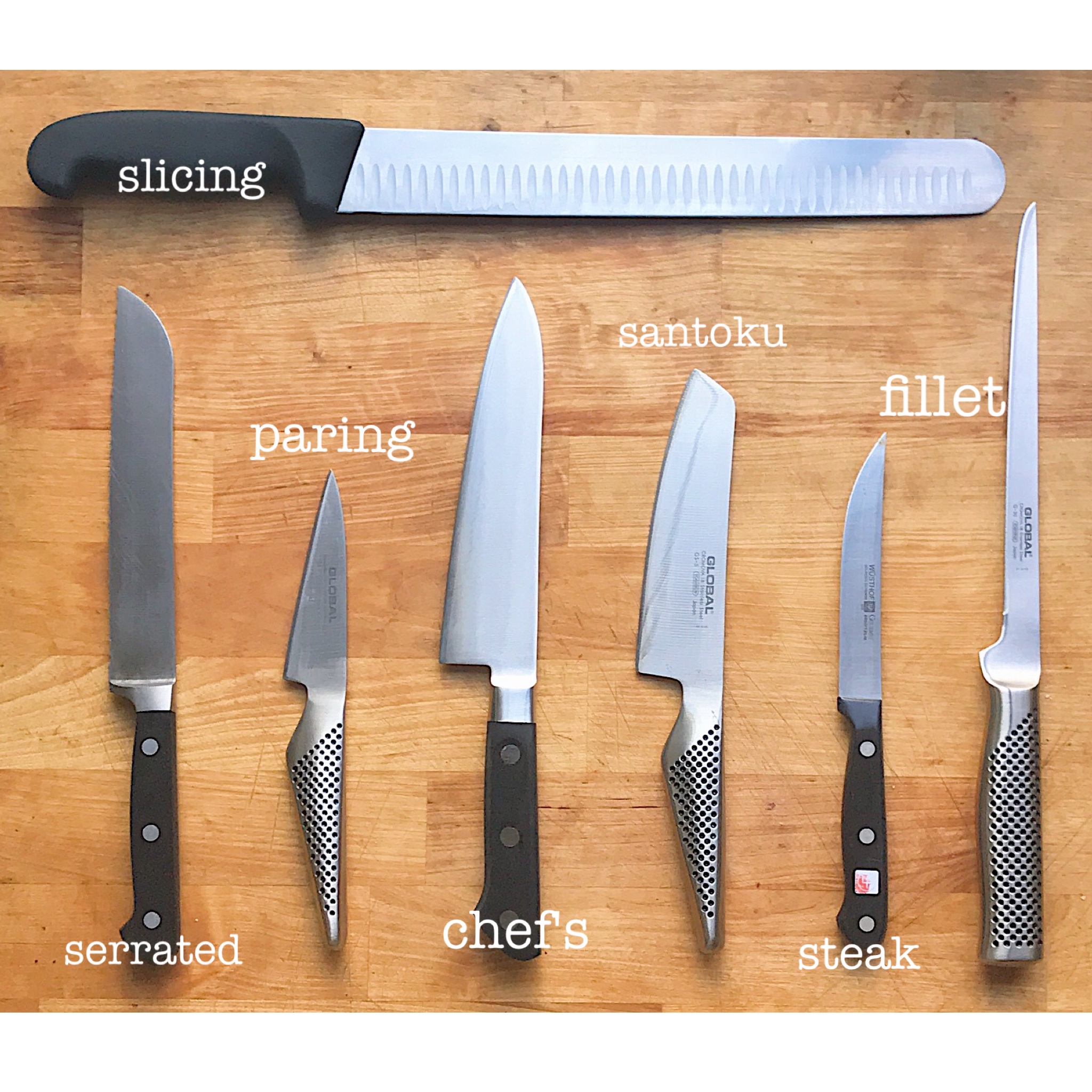you KNOW i love me a good cocktail. but i also LOVE a delicious glass of wine with a nice meal. but i never seem to quite finish a bottle in the first day or two and it ultimately finds its way into my cooking wine section.
recently, my sister-in-law reached out to me after i posted about my favorite chicken with prosciutto and sage and she had a fabulous question. how do you know which wines to use when you are cooking?
let's start by covering the reasons WHY you might need to use wine for cooking. wine can be added to food for a list of reasons. it is often used as a cooking liquid for braises. it can be used to deglaze a pan to get all those crispy, tasty bits that stick to the bottom of the pan to come loose and flavor your pan sauces. it can be used to add flavor or moisture to a dish. it is often used to add acidity to dishes. let's just say, both red and white wines can be very versatile in your kitchen.
now here are some guidelines for selecting the right wine for you to cook with and my favorite options.
most importantly, please do not spend much money on your cooking wine. it should be something you are willing to drink, but there is no need to exceed the $12-$15 dollar range. in fact, i like to stick within the $5.99-$6.99 at my local trader joes. if you have the time, you can taste the wines there or at your local whole foods to find one you like. not a drinker? just ask the employee working the wine section what they might recommend within the price range you are looking for.
the wine should be dry. whether you are dealing in white or red wine, not too sweet and not too oakey is key. too much sugar in your wine can cause it to caramelize or give a savory dish an unwanted sweetness. a white wine with a lot of oak flavors may turn bitter while you cook it. sticking to something with dry and crisp for whites and dry and robust with reds are a good rules of thumb.
good drinking wine that's a few days old and past its prime or sparkling wine that has gone flat are both GREAT alternatives. assuming that the wine falls into the not to sweet, not to much oak categories.
if you abstain from using alcohol in cooking or in life, there are some great alternatives for both white and red wine when need be. in place of white, you could use some white wine vinegar, lemon juice or white grape juice in many cases. in place of red you could use any dark juice like cherry or grape, red wine vinegar or some type of stock whether that be chicken, beef or veggie.
still just hoping i'll just tell you what to get? well wait no longer.
recommended white wine: pinot gris, non sweet pinot grigio, non oakey chardonney
my favorite: sauvignon blanc
recommended red wine: merlot, cabernet sauvignon, malbec, non sweet zinfendel
my favorite: pinot noir
xo, a










